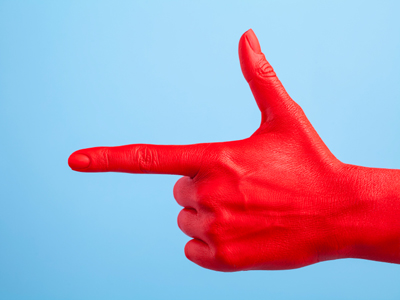
Electricity - The Motor Effect
This GCSE Physics Electricity quiz takes a look at the motor effect. When an electric current passes through a wire, it creates a magnetic field around the wire. If the magnetic field from the wire is placed in another magnetic field, they interact, causing the wire to move. This is known as the motor effect. Electric motors that work off direct current are found in many devices we use in everyday life. They are energy transfer devices that convert electrical energy into rotational kinetic energy. As with any energy transfer, it is never a perfect conversion, some energy is always wasted. In the case of an electric motor, the wasted energies are heat (from friction and the heating effect of an electric current) and sound.
The motor effect is sometimes called the catapult effect since that is the effect on a single current-carrying wire in a magnetic field.
Ready for more?
not all...
quizzers. Try to win a coveted spot on our Hall of Fame Page.







